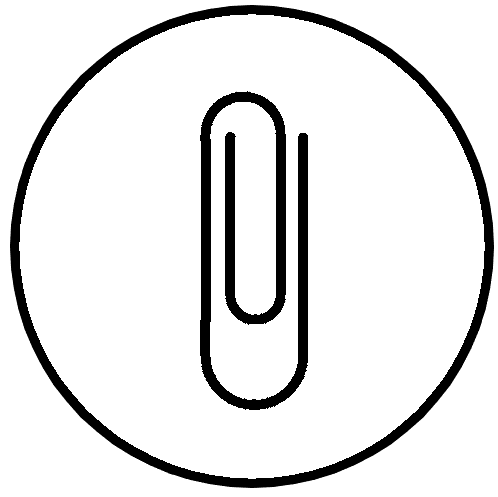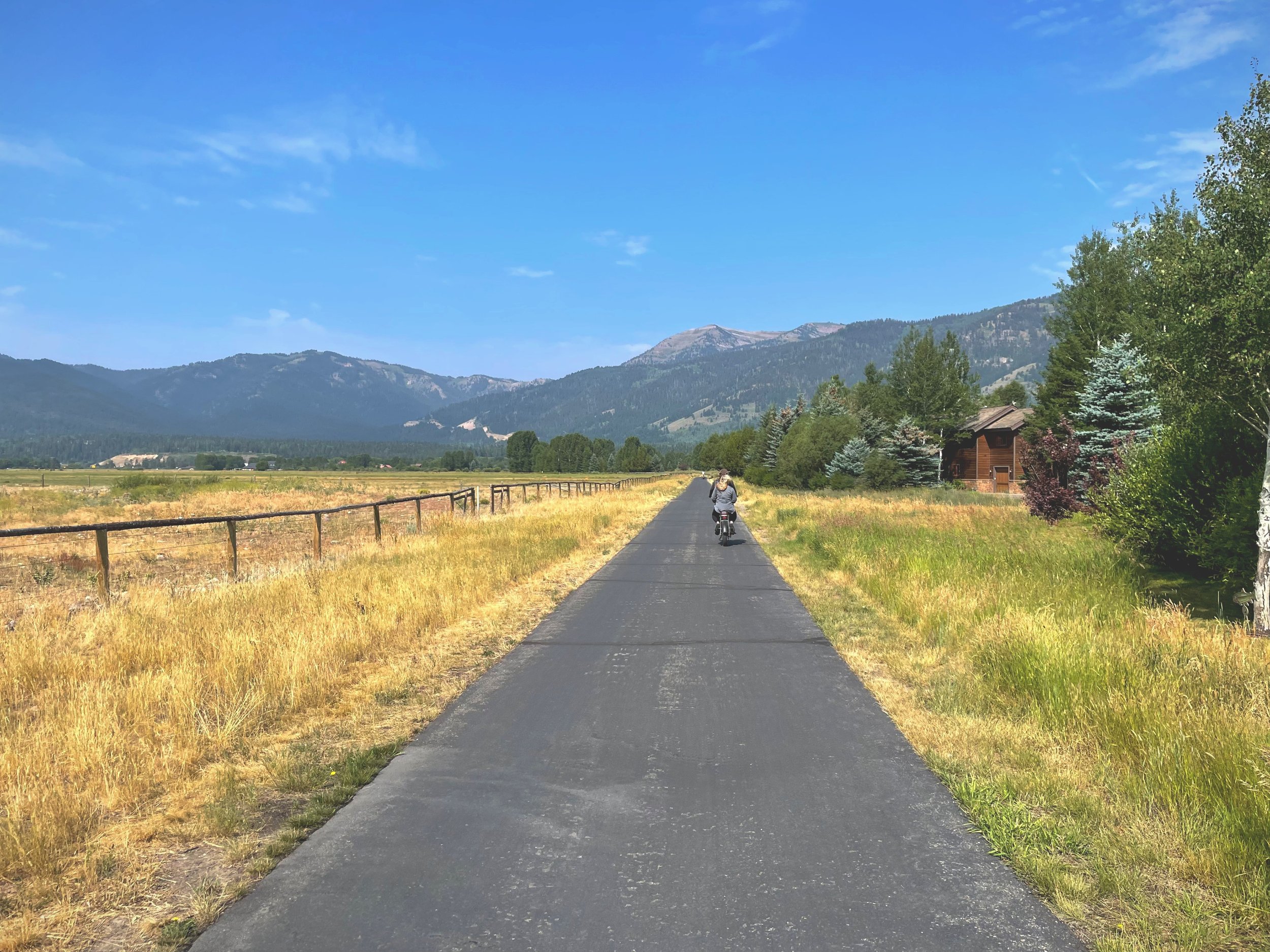The Last of The Old West
The Grand Tetons
Jackson Hole, Wyoming.
The last of the old west and my next stop on the trip.
It is always a privilege to visit any national park, especially Yellowstone National Park. Still, I was looking forward to seeing the Grand Tetons again!
To me, the Tetons' topography is the most unique out of any mountain in the west. Thanks to the Pleistocene Ice Age glaciers that sculpted the Teton landscape over multiple glacial advances, winding the V-shaped valleys and sharpening the high peaks. Giving them that jagged & dramatic Alpine scenery draws millions of people to them every year.
They are grand in every sense of the word.
In 2015 a couple of my buddies and I planned to spend a few days hiking around the Tetons and the Teton Valley. Sadly, however, strong northeastern winds pushed smoke from a nearby wildfire a few hours after we got there and advanced the fire, causing us to evacuate with thousands of others.
If you were keeping up with this road trip series, you might know that I've been dealing with wildfires and smoke throughout the trip. So I acclimated to that abnormal situation. Sure, wildfires happen every summer in the US. However, climate change brought an abnormal temperature increase in 2021. Which started the wildfire season early throughout the west coast.
The smoke and wildfires were on my mind as I got closer to the Teton Valley. I was hoping to avoid a repeat situation of having to evacuate, just as we did in 2015. Thankfully though, the area was still not affected when I was there.
The first time I saw Jackson Hole and the Teton Valley captivated me. We drove up to Teton Pass from the Idaho side in my beloved rustbucket, which barely made it up the pass. We stopped at the viewpoint at the summit to let my truck cool down a bit and to take in the views.
Every time I see natural wonders I grew up reading about or seeing in documentaries, I do not believe I am there. It is an intriguing experience processing the fact that you are in said place, trying to match it with the vision you had in your head about that place.
A surreal mix of fact and imagination.
I spent the day around Jackson Lake, like everyone else, trying to cool off from the sweltering heat of July. Then, just before the sunset, I aimed for the hills to find a place to boondock for the night, away from the traffic and into the wilderness.
By that point of the trip, I got so comfortable with the solitude that it became almost addictive. Let me explain. I am very social and outgoing and find it easy to connect with people wherever I go. However, I love being alone a lot. So I took advantage of that on this trip to push the envelope, digging deeper into myself and practicing mindfulness.
While it might be possible to achieve that in day-to-day life, I felt at ease in the wilderness.
I would look for the quietest and most isolated place to camp. Such as the location in the photos above. Riding through some light trafficked forest roads that took me to a ridge overlooking the Tetons was better than any campsite I found on that trip so far (Spoiler alert, camping in Colorado blew me out of the water)
I popped my tent up (read about my setup here) and set up camp, and after dinner, I either read a book or just sat there in nature, with little to no static in my head.
Getting to camp somewhere without any cell service was the cherry on top.
Pure bliss.
Waking up to birds chirping and a gentle cool breeze on a summer morning is worth its weight in gold and coffee beans. I've always slept better outdoors anyway, in remote places. It is a chance to disconnect from civilization to some extent, where you feel no external pressure whatsoever. Instead, you feel driven. Those two aren't the same.
My plan for that day was to ride up Teton Pass, which stands at 8,431ft (2570m) high, because that's what you do when visiting Jackson Hole! The pass has access to high country backroads, Mtb & walking trails, and stellar views of the valley. It is no easy feat either since the ride started from the valley floor, which is already at a high elevation of 6,237ft (1901m), higher than the city of Denver.
Teton Pass in the distance
This ride means a lot to me. The first and only time I've been up Teton pass was in 2015. I drove up the pass, as I mentioned above. I was just starting to lose weight, not by much, however, since I weighed more than 320lbs (145kg) at that point still. I was also riding an average of 10 miles a WEEK, if not less, to be honest.
When I first started riding, I found it challenging to go up any hill or simple gradient in Portland. I was on the pain train for months till my body slowly started to acclimate to being active. I lived a very unhealthy lifestyle, eating all the wrong things and barely exercising.
It is an affirmation of the growth that I went through over the past years. I had to check this box before I moved to my next destination on the trip. I needed to get myself up there with my own strength, pedaling up the steep and zig-zagging road.
It's a celebration of all the achievements I made, thanks to the help of my community, no matter how small or big that growth might be.
I was surprised by how great and developed the greenways and bike trail system in the Jackson Hole Valley are. The trail heads in every direction you need to go. A dedicated, separate trail away from cars and traffic immerses you in the Teton Range's beauty.
Following the trail out of Jackson Hole to Wilson, a small community sits at the bottom of the Eastern slope of Teton Pass. When in Wilson, you must stop at Basecamp, restaurant, gas station, and great pit stop after descending the pass.
The trail continues up to the summit parallel to the highway. Still secluded, I don't recall hearing much of the speeding semis zooming down the pass. It's a steep descent. As a matter of fact, I barely managed to slow down my truck when I drove down it the first time. White smoke came out of my wheels. I burnt through my brake pads and glazed them, rendering them somewhat useless for a little while.
It was steep, and the elevation was making it a harder effort than usual. Thankfully, I acclimated to the elevation slightly over the days I spent in Montana and Yellowstone.
Looking back at that climb, it resembles the level of many climbs I rode in Spain. I guess I was preparing for that unknowingly...!
Done and dusted, I've officially climbed up Teton Pass once as my old, unhealthy self and again in my transformed and adventurous self. I appreciated my previous lifestyle because it gave me a benchmark to build up from and gauge my change over the years.
The first time I stood up here, the idea of going a ride longer than 5-10 miles didn't even cross my mind.
I'm not trying to toot my own horn here because I wouldn't have been able to get to this point without getting the support from so many people in Portland!
It takes a village.
Getting to the summit is great, but the highlight must be the descent into the valley. Easily one of the best descents out there, with good pavement, clear lines, and steep grades.
I contemplated whether to front-load the route or not since I had a gravel loop with a bunch of rollers and some hard grades, but as you can tell, I ended up doing just that. Climbing up the pass at elevation is best with fresh legs. Especially knowing that it was going to get hot that day.
After getting down to Wilson and stopping at Basecamp, I headed south for quite a while down South Falls Creek Road, headed towards Pritchard Pass. Unfortunately, I didn't take that many photos on this ride, but I had it all to myself, with only a few cars passing by. The road meanders alongside the Snake River, bending and twisting with views as far as you can see.
Riding next to the Snake River, only a few dozen miles away from its headwater. The fresh snowmelt flows down the river on a long journey across Wyoming, Idaho, and all the way to its confluence point with the mighty Colombia River in the PNW.
Snake River
The southern point of the flat valley floor ends at the base of Munger Mountain. I parted ways with the Snake River, for now at least, and continued riding up the hill alongside Falls Creek. A narrow alpine canyon with cabins scattered all over. The sun was intense at those elevations as it stood over my head. Thankfully the cool breeze from the creek and occasional tree coverage offered refuge every once in a while.
I know it is very peculiar for someone who grew up in one of the hottest countries in the world to complain about the heat and the sun. But here we are!
Ascending the gravel backroads of Munger Mountain that cut through luscious meadows, with Wilco (Jesus, Etc.) stuck in my head. I have been listening to full albums, one at a time, whenever I'm driving, and there was a lot of that on this trip!
Pritchard Pass was just around the corner after crossing Falls Creek, descending towards the highway, and linking up with the Snake River again. The ride back to Jackson Hole was dreamy, thanks to the great bike trail system.
With summer thunder comes monsoon rain. Something that Doug Higley warned me about. The weather at high elevations can change in a matter of minutes, and no, that's not a rhetorical wordplay. Although the sky turned gray and felt like an atmospheric river was about fall, I was spared.
Two days wasn't close enough to barely begin to scratch the surface of the Teton Valley, but I had people waiting for me back home and places to see still. So the optimist in me has hopes of revisiting this beautiful land.
I bid farewell to the magnificent Tetons & the valley before heading southeast towards Colorado, my next stop on this journey.
















